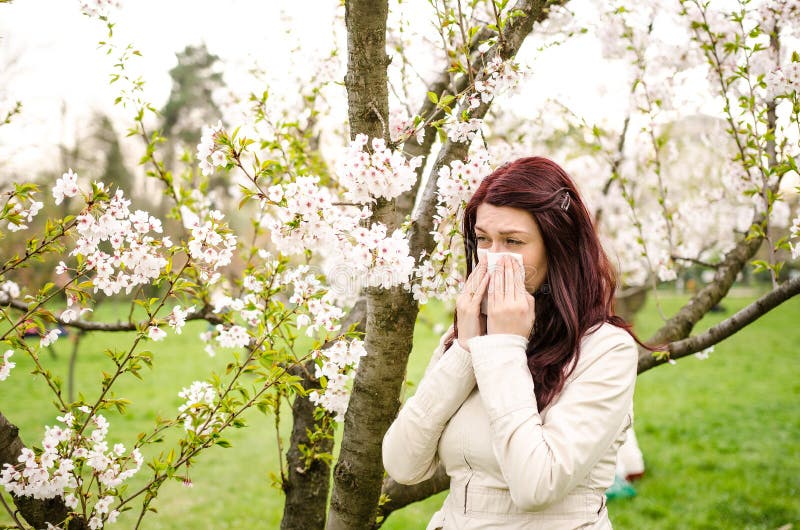
Introduction
White ash (Fraxinus americana) is a species of tree commonly found in North America. While its wood is highly valued for its strength and durability, some individuals may experience allergic reactions when exposed to white ash. These allergic reactions can range from mild to severe and may require careful management. In this article, we will explore the symptoms of allergic reactions to white ash and discuss effective strategies for their management.
Understanding Allergic Reactions to White Ash
Allergic reactions occur when the immune system overreacts to a substance it perceives as harmful, known as an allergen. In the case of white ash, the allergen is typically the pollen produced by the tree. When individuals with white ash allergies come into contact with the pollen, their immune system releases chemicals, such as histamine, to defend against the perceived threat. This immune response leads to the characteristic symptoms of an allergic reaction.
Common Symptoms
- Respiratory Symptoms: Exposure to white ash pollen can trigger respiratory symptoms, including sneezing, runny or stuffy nose, coughing, and postnasal drip. Individuals with asthma may experience worsened symptoms, such as wheezing and shortness of breath.
- Skin Reactions: White ash allergies can also manifest as skin reactions. These may include itchiness, redness, hives, and swelling. In more severe cases, individuals may experience angioedema, which is a deeper swelling that commonly affects the face, lips, and throat.
- Eye Irritation: Contact with white ash pollen can lead to eye irritation, causing redness, itching, watering, and swelling of the eyes. In some cases, individuals may develop conjunctivitis, commonly known as pink eye.
- Gastrointestinal Symptoms: Although less common, some individuals may experience gastrointestinal symptoms as a result of white ash allergies. These symptoms may include nausea, vomiting, diarrhea, and abdominal pain.
Management Strategies
- Avoidance: The most effective strategy for managing white ash allergies is to avoid exposure to the allergen. This can be challenging, especially during the pollen season when the tree releases large amounts of pollen into the air. However, individuals can take several steps to minimize exposure, such as keeping windows closed, using air purifiers with HEPA filters, and avoiding outdoor activities during peak pollen times.
- Medications: Over-the-counter antihistamines can help alleviate mild to moderate symptoms of white ash allergies. These medications work by blocking the effects of histamine, reducing sneezing, itching, and runny nose. For more severe symptoms, prescription-strength antihistamines or corticosteroids may be necessary. Individuals with asthma should ensure their inhalers or other prescribed medications are readily available and up to date.
- Allergy Shots (Immunotherapy): In cases of severe white ash allergies that significantly impact an individual’s quality of life, allergen immunotherapy may be recommended. This involves gradually exposing the person to increasing amounts of white ash pollen to desensitize the immune system. Allergy shots can be an effective long-term solution for reducing the severity of allergic reactions.
- Emergency Preparedness: Individuals with known severe white ash allergies should be prepared for emergencies. Carrying an epinephrine auto-injector (commonly known as an EpiPen) is crucial in case of a severe allergic reaction called anaphylaxis. It is important to educate family members, friends, and colleagues on how to administer the epinephrine in case of an emergency.
Conclusion
White ash allergies can cause a range of uncomfortable symptoms, from respiratory issues to skin reactions. By understanding the symptoms and employing effective management strategies, individuals with white ash allergies can minimize their exposure to the allergen and alleviate the impact of allergic reactions. It is advisable for individuals experiencing severe symptoms to consult with an allergist or immunologist for proper diagnosis, treatment, and guidance on managing white ash allergies effectively.










